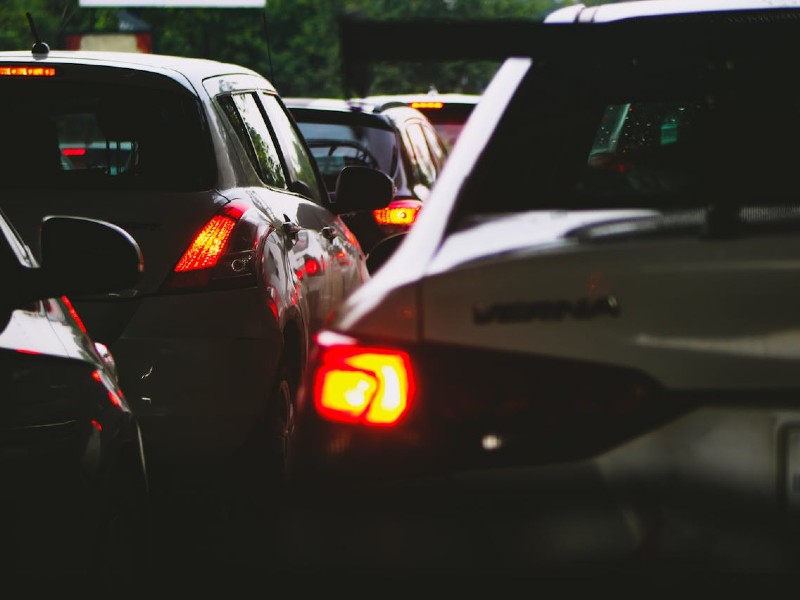
A multi-car pileup can feel absolutely chaotic. One moment, you’re just driving, and the next, it’s honking horns, crumpled metal, and a whole lot of confusion. If you’ve been in this situation, you’re likely asking: Who’s at fault? And who pays for my injuries?
These questions don’t always have straightforward answers, but understanding fault and knowing your legal options can help you move forward with confidence. Let’s untangle this mess together.
Determining fault in a multi-car accident is more complex than in two-car collisions. Often, a chain reaction starts it all. The key question is: Who triggered the chain reaction?
As per California law, negligence is often at the heart of these cases. According to Civil Code Section 1714, everyone is responsible not just for their intentional acts but also for injuries caused by their lack of ordinary care. This means that if someone isn’t paying attention or driving recklessly, they’re on the hook.
Evidence is your best friend in a situation like this. It tells the story of what happened, even when memories become not so clear. Here’s how to gather it:
Remember, details matter. Even small observations can affect how fault is assigned.
California’s comparative negligence system works a bit like assigning slices of a pie. Fault is divided among the drivers involved. For example, if Driver A is 70% responsible and Drivers B and C split the rest, compensation reflects those percentages.
This approach ensures you’re not completely barred from compensation if you share some blame. But, here’s something to note about, insurance companies might try to hand you a bigger slice of the fault pie to save themselves money.
Multi-car accidents happen for all sorts of reasons, but some usual suspects include:
California Vehicle Code Section 21950 emphasizes drivers’ duty to yield to pedestrians at crosswalks, reinforcing the need for caution behind the wheel.
Talking to insurance companies can feel like playing poker with someone who already knows your hand. Most of the time, it may seem like they’re not on your side—as if they’re only in it to save money. Here are tips to handle this process more wisely:
Pro Tip: Don’t take the first settlement offer. It’s usually their way of lowballing you.
Let’s be real: If your injuries are serious or the fault is a tangled mess, it will be a more practical thing to do to call in the professionals. A skilled personal injury attorney can:
The good news is most personal injury lawyers work on contingency, meaning you don’t pay unless they win your case.
Police reports, witness accounts, and accident reconstructions all play a role in determining fault. According to California Civil Code Section 3333.4, uninsured drivers might face limits on recovering non-economic damages.
You can still recover compensation, but it’ll be reduced by your percentage of fault.
Absolutely. But you’ll need solid evidence, like medical records or expert testimony.
To maximize your compensation, you’ll need a strong case. Here’s how to strengthen your claim:
Being in a multi-car pileup is overwhelming. But you don’t have to navigate the aftermath on your own. By gathering evidence, consulting an attorney, and understanding California’s negligence laws, you can pursue the compensation you deserve.
Got questions about your situation? Schedule a free case evaluation with us at DP Injury Attorneys today. The advice could make all the difference. You’ve been through enough—it’s time to fight for the justice and compensation you deserve.